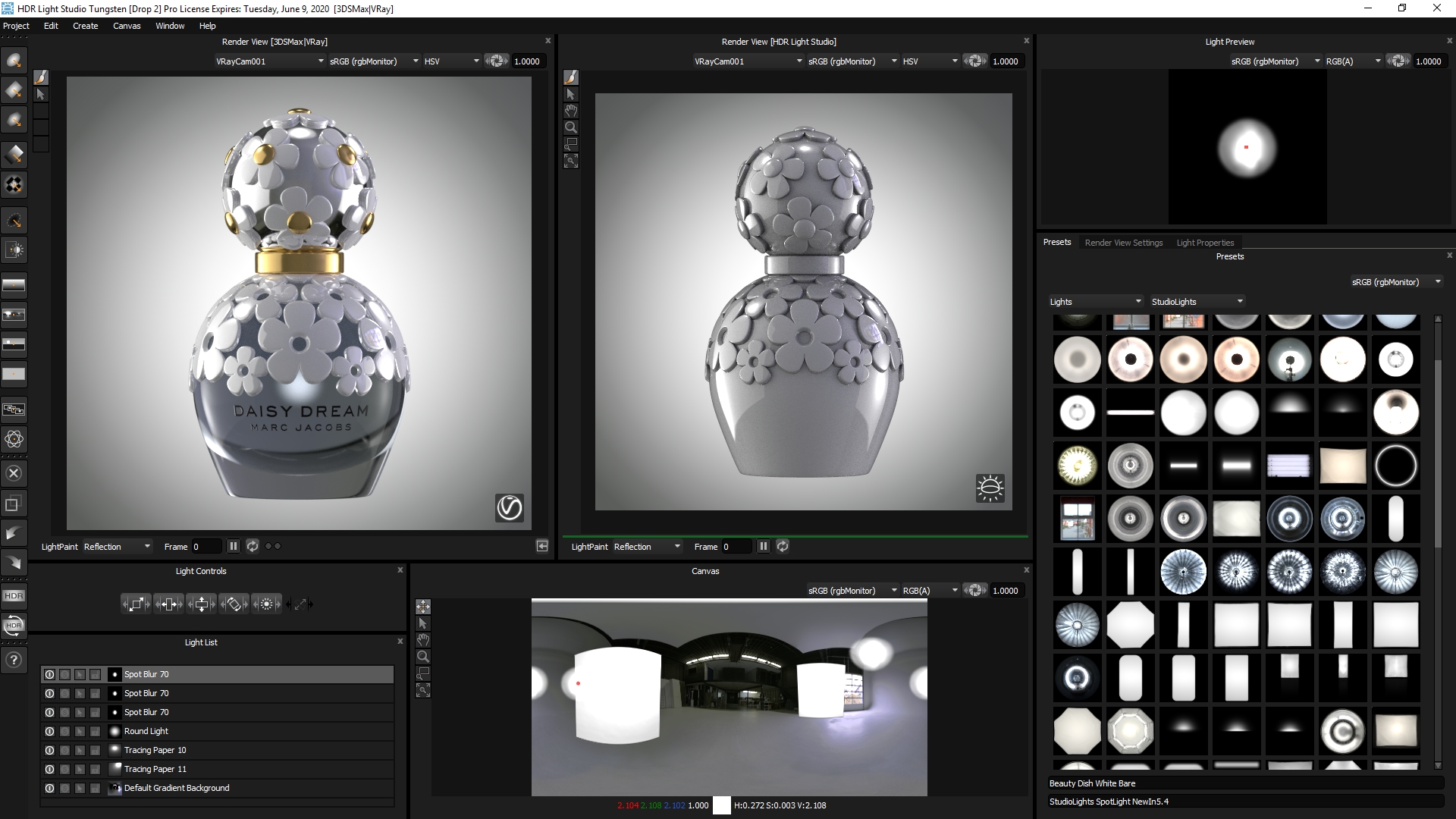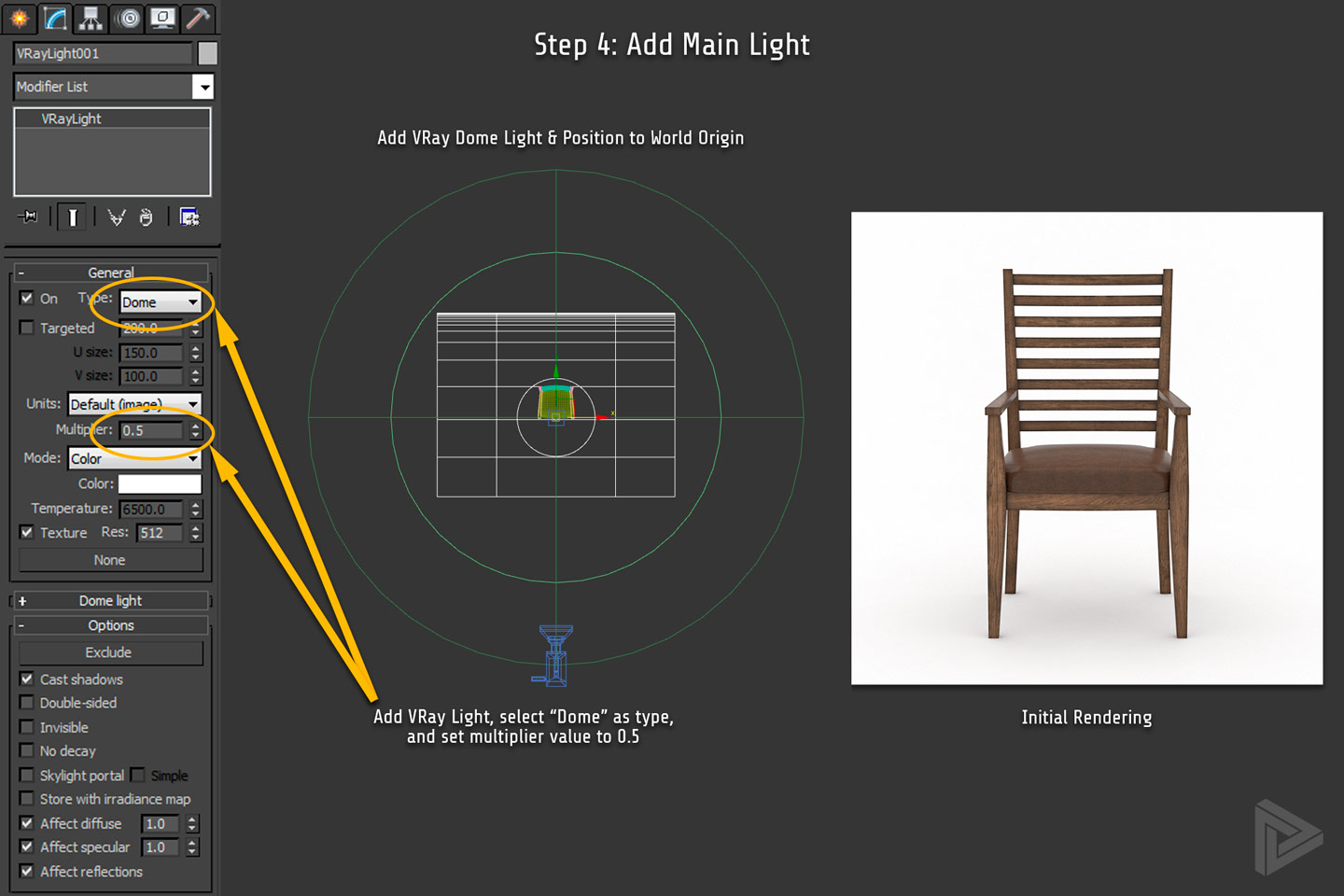
However, because the response of photographic film isn’t linear either, some users find that this theoretically correct value looks too bright and washed out. Gamma 2.2 makes the linear color space stored in the bitmap and used by the renderer appear to be linear on screen. Modern monitors are calibrated to this standard. This is the theoretically correct value, specified by the sRGB standard. The horizontal axis represents input (the original value) and the vertical axis represents output (the gamma-corrected value). One result of this calculation is that a gamma value of 1.0 does not adjust the image at all. That is, the result is the original value raised to the power of the inverse of the gamma value. Mathematically, the calculation of “gamma” is output_intensity = input_intensity (1/gamma). Gamma correction overcomes this mismatch. If a scene calculated using linear data is displayed directly on a computer screen, the image will not match what that image really would look like when lit by real light and viewed by real eyes. In contrast, computations done by a renderer are performed in a physical space, where the computed values map linearly to changes in luminance.

Therefore, gamma-encoded images are sometimes referred to as being in a perceptual color space. It uses the increments efficiently by taking advantage of the fact that human vision is more sensitive to changes in low light levels than to changes in high light levels.


On the scale of 0–255 used by most display devices, the increment between 0 and 1 represents a much smaller change in luminance than the increment between 254 and 255.
Stage 3ds max studio pro lighting code#
Gamma correction compensates for the nonlinearity of the encoding of computer displays and popular image file formats.Ī standard computer monitor is a nonlinear device, where the difference in actual luminance (light output) does not change linearly with the code values stored in the monitor.


 0 kommentar(er)
0 kommentar(er)
